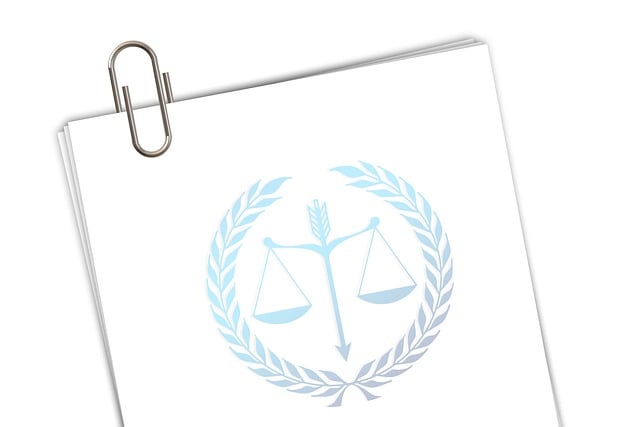Understanding settlement offers is crucial for navigating the injury claim process, providing a faster, cost-effective alternative to court. Both parties exchange proposals considering medical expenses, pain and suffering, lost wages, and future damages, especially in defective product or negligence cases. Offers are based on injury severity, assessed by legal representatives, and communicated through written proposals or discussions. While clear liability leads to more reasonable offers, negotiations may require compromises or litigation. Carefully evaluating each offer is essential, balancing acceptance or rejection while considering potential consequences and your rights throughout the injury claim process.
In the intricate journey of an injury claim process, settlement offers play a pivotal role. These offers, made by insurers, are a key component that can either lead to swift resolution or extend the legal battle. Understanding how and when these offers are presented is crucial for claimants. This article navigates through the intricacies of the injury claim process, focusing on settlement offers – their timing, evaluation, and strategic response – empowering individuals to make informed decisions in their pursuit of justice.
- Understanding Settlement Offers: A Key Component of the Injury Claim Process
- When and How Are Settlement Offers Made?
- Evaluating and Responding to Settlement Offers in Your Injury Claim Process
Understanding Settlement Offers: A Key Component of the Injury Claim Process

Understanding Settlement Offers plays a pivotal role in navigating the injury claim process. These offers serve as a crucial midpoint between plaintiffs and defendants, aiming to resolve disputes outside of court. In many cases, settlement negotiations can significantly streamline the lengthy and often costly journey that is the injury claim process.
During this phase, both parties exchange proposals, considering factors like medical expenses, pain and suffering, lost wages, and potential future damages. While contract disputes and partnership disagreements may not be directly relevant to every injury claim, defective products or other negligence-based cases frequently rely on settlement offers as a means to reach a mutually agreeable resolution before proceeding to trial.
When and How Are Settlement Offers Made?

In the injury claim process, settlement offers are typically made during the negotiation phase, which follows immediate reporting of the incident and gathering essential evidence. Once both parties have a clear understanding of the facts, the insurer or defendant’s legal representative will assess the case and determine an offer amount based on several factors, including but not limited to, the nature and severity of the injuries, medical expenses incurred, lost wages, and pain and suffering.
The offer is then communicated to the claimant, often through their attorney. This communication usually occurs via a written proposal or direct discussion. In cases like car accidents or slip and fall incidents resulting in injury, where liability is established, the offers tend to be more reasonable as there’s clear evidence of harm. However, the negotiation process isn’t straightforward, and both parties may need to compromise or even litigate if they cannot agree on a satisfactory settlement amount for the claimant’s injury compensation.
Evaluating and Responding to Settlement Offers in Your Injury Claim Process

When navigating the injury claim process, settlement offers play a significant role in resolving your case. Evaluating these offers requires careful consideration. First, analyze the offer’s monetary value, ensuring it aligns with the severity of your injuries and related expenses. Legal professionals can assist in assessing whether the proposed settlement is fair, especially when dealing with serious injuries that may result in long-term medical needs.
Responding to a settlement offer involves strategic decision-making. You might accept if the amount meets or exceeds your expected compensation. However, be wary of accepting too quickly; a hasty decision could lead to a breach of contract if you later change your mind. Conversely, if the offer undervalues your claim, you can counter, presenting evidence to justify a higher settlement. This process demands patience and a thorough understanding of your rights throughout the injury claim process.
In the intricate journey of the injury claim process, settlement offers serve as pivotal moments. These offers, made during key stages, allow for a potential resolution before reaching trial. Understanding their timing and evaluation is essential for navigating this process effectively. By carefully considering the terms and assessing your options, you can make informed decisions that could significantly impact the outcome of your claim. Embrace each step in the injury claim process with knowledge as your guide to securing a favorable result.






